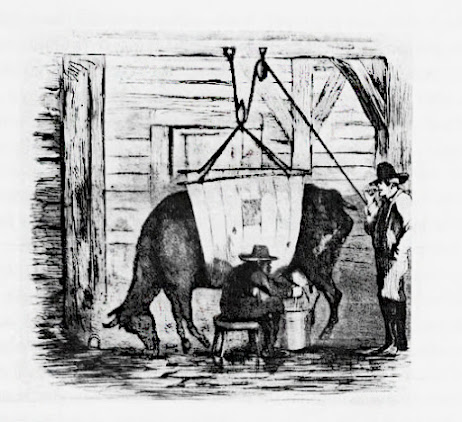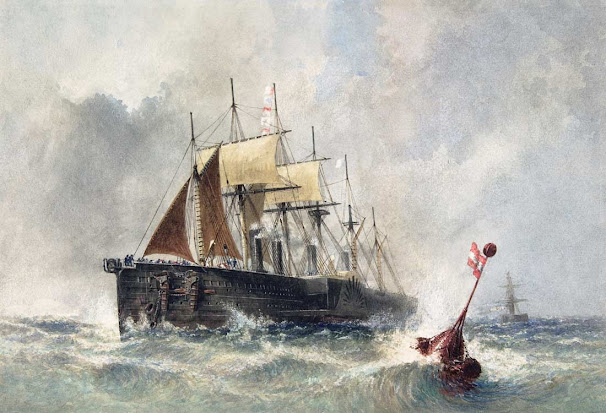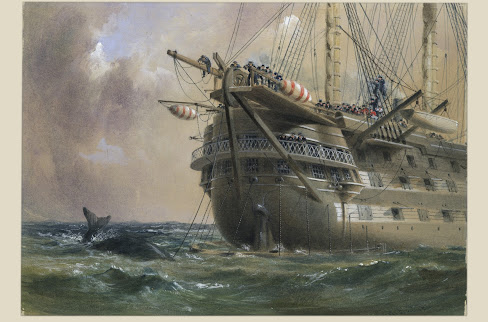Swill Milk Kills

SWILL MILK KILLS May 1858, Frank Leslie's Weekly Illustrated depicted a nearly dead cow hoisted up off the manure covered floor in a New York City whiskey distillery "dairy farm" for one last milking. In May 1858, Frank Leslie’s Illustrated Weekly Newspaper, Harper Weekly’s major competitor, ran an early example of investigative reporting. Many whiskey distilleries had a side business –dairy farming. Well, not farming exactly unless you consider examples such as Johnson’s Whiskey Distillery on West 16 th St with three long barns housing 2,000 cows in narrow stalls fed nothing but Johnson’s used up barley and corn mash. Heated scalding hot, it was sluiced into the troughs in front of the captive cows. T he stalls were not cleaned, so the cows had to lie down in their own manure and urine. When they stood up twice a day to be milked, the udders were not cleaned and neither were the milkers’ hands. Frank Leslie's May 1858 drawing of a disti


